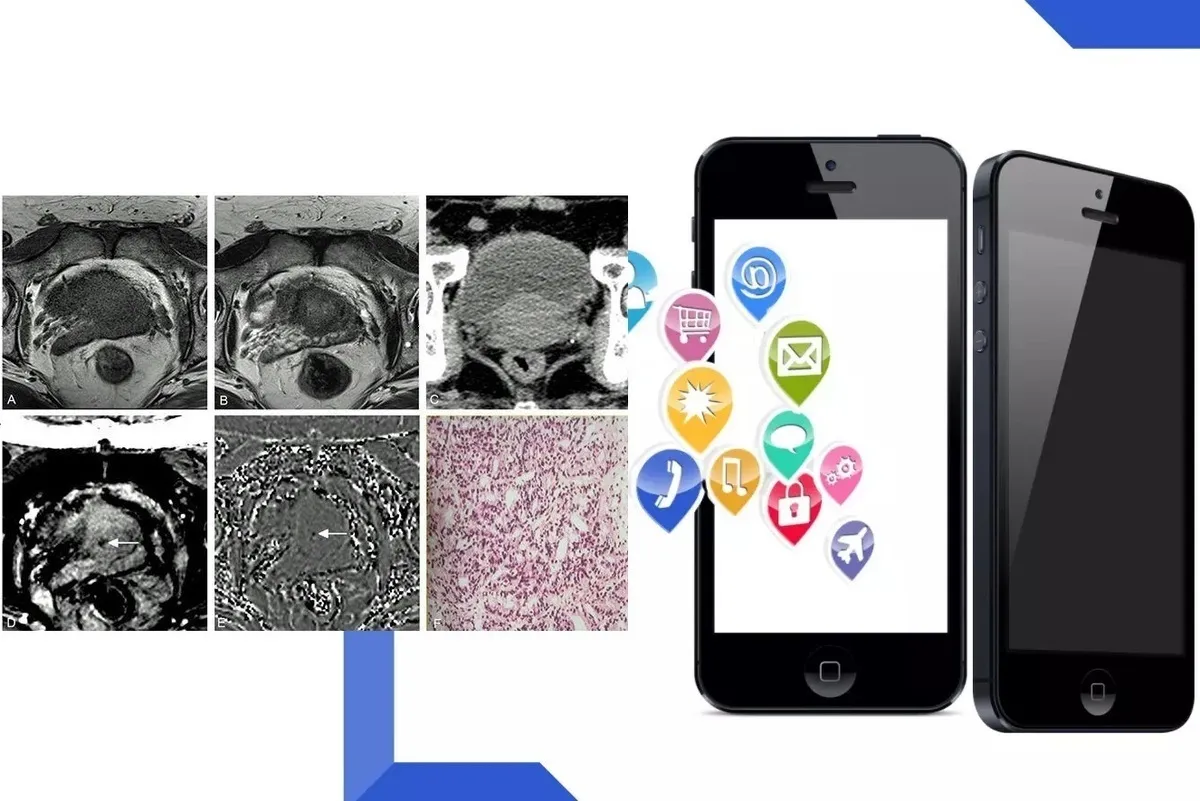Iranian Experts Use AI for Prostate Cancer Diagnosis

‘Prostate cancer diagnosis program based on multiparametric MRI and clinical and pathological factors using deep learning’ is the title of Ali Asqar Safayee's research project which he completed with the support of the National Science Foundation of Iran.
“Machine learning and deep learning techniques are used to exploit branches of artificial intelligence in CAD or computer-aided medical diagnosis. For this purpose, the investigated data should be divided into two categories, training and testing, where the training data have labels and the learning of the recognition model happens with the help of them,” said Safayee, a PhD graduate of computer engineering - software systems from Iran University of Science and Technology.
Noting that the test data is also used to evaluate the accuracy of the constructed artificial intelligence model, he said, “In this project, the local data was prepared from several radiology centers equipped with multiparametric MRI.”
“Helping to diagnose prostate cancer on time, choosing the correct treatment method and preventing unnecessary treatments, and diagnosing the degree of disease based on patterns governing native data by using up-to-date knowledge of deep learning were among the goals of this project,” Safayee said.
In a relevant development last year, researchers at University of Tehran's Biochemistry and Biophysics Research Center had also designed and manufactured a new biosensor for prostate cancer detection.
The design and manufacturing of the microfluidic optical biosensor to detect prostate cancer was done as a result of the findings of the PhD thesis done by Mona Soroush under the supervision of Hedayatullah Ghorchian, a professor at the UT Department of Biophysics.
“Prostate cancer is one of the most common cancers in the world and its timely diagnosis is of great importance,” Ghorchian sad.
“This biosensor is a tool to identify the concentration of a biological molecule in the serum of patients with prostate cancer," he added.
“Nanotechnologies, especially gold nanoparticles, have been used in the biosensor made by the researchers at the Biochemistry and Biophysics Research Center,” Ghorchian went on to say.
“In this research, gold nanoparticles were made and then antibody molecules were attached to the nanoparticles by chemical methods. As a result of the connection of the antibody molecule with the cancer marker molecule, a light message is created that can be received by the optical receiver,” Ghorchian said.
4155/v





















